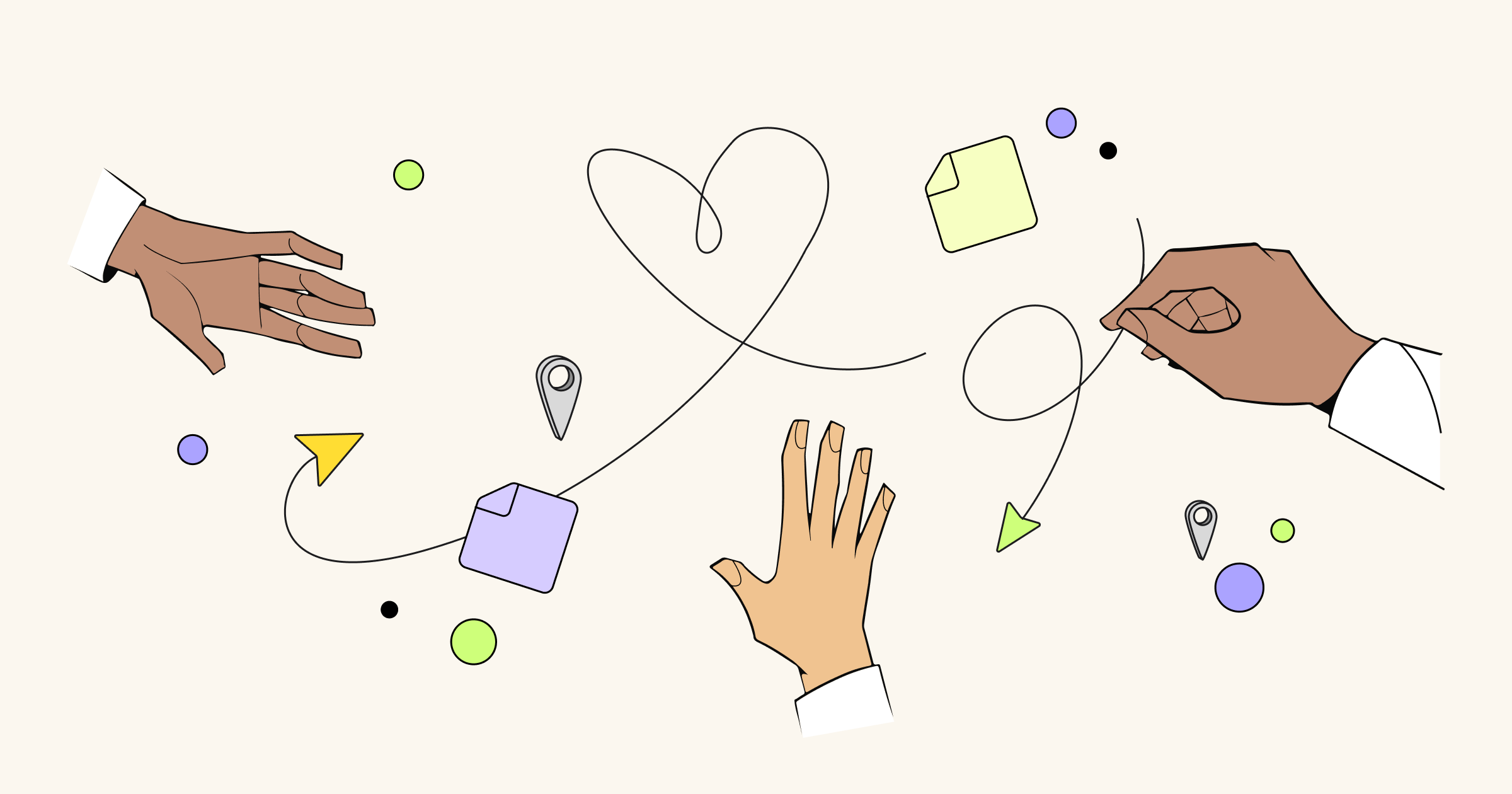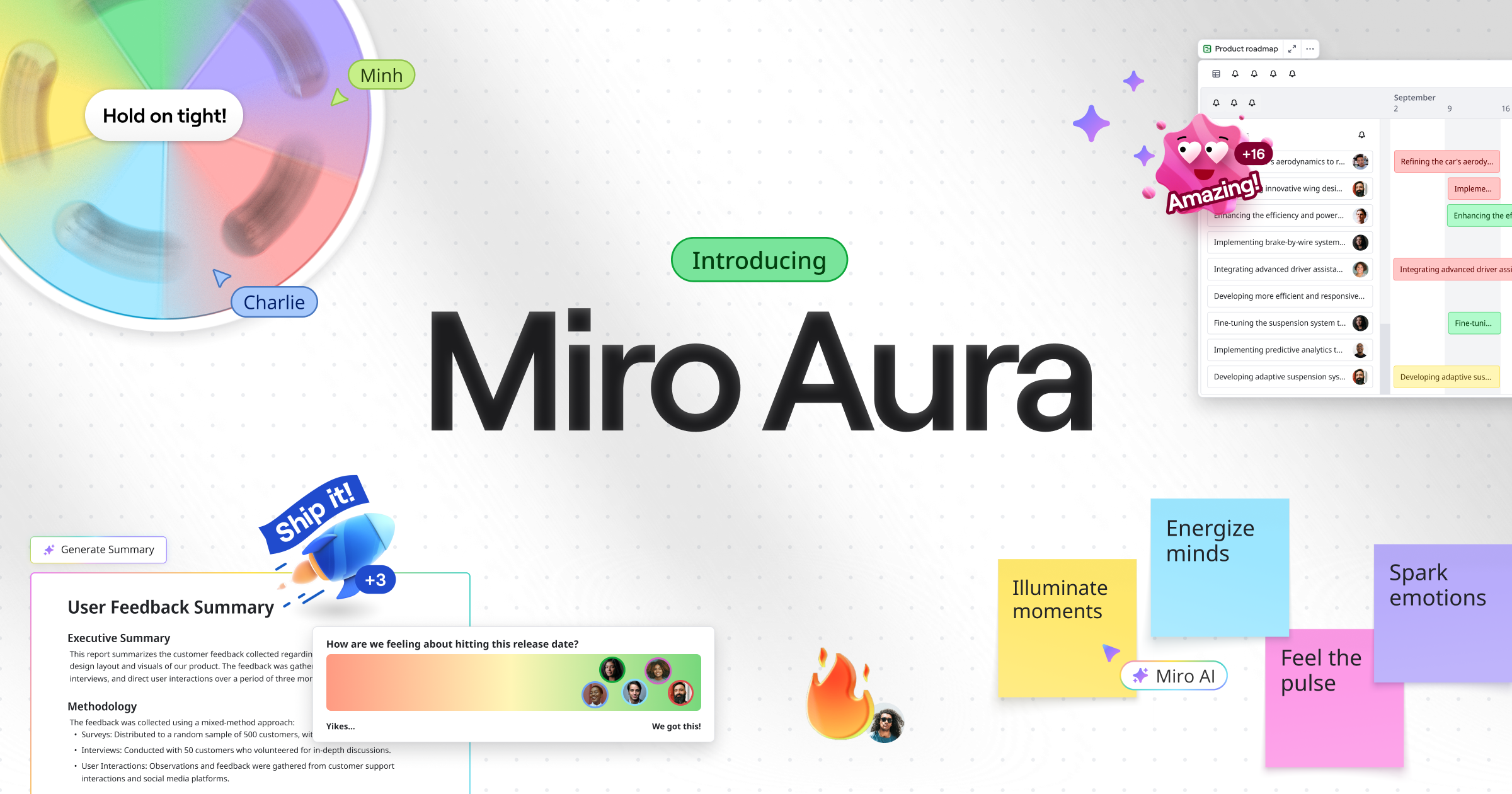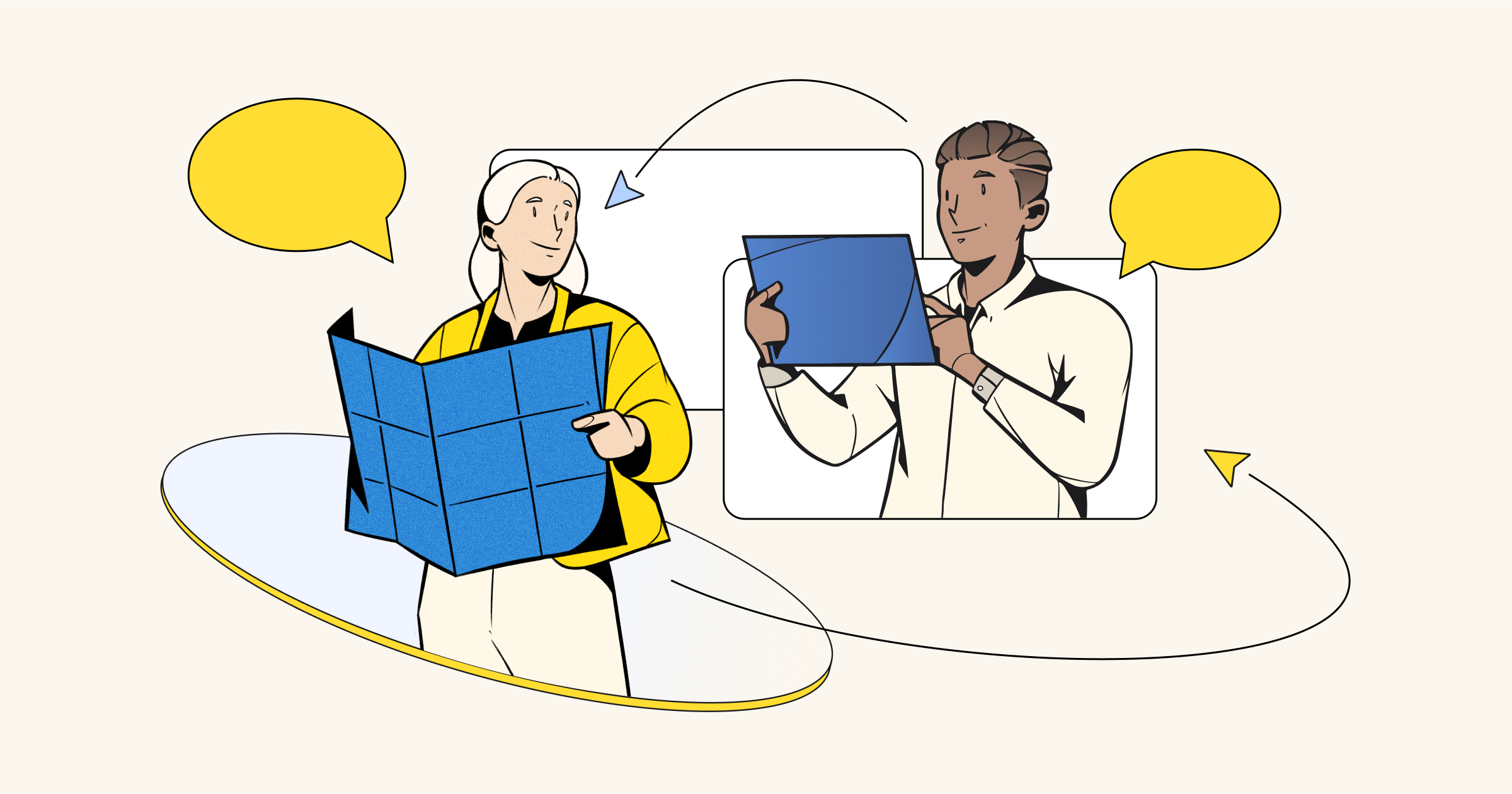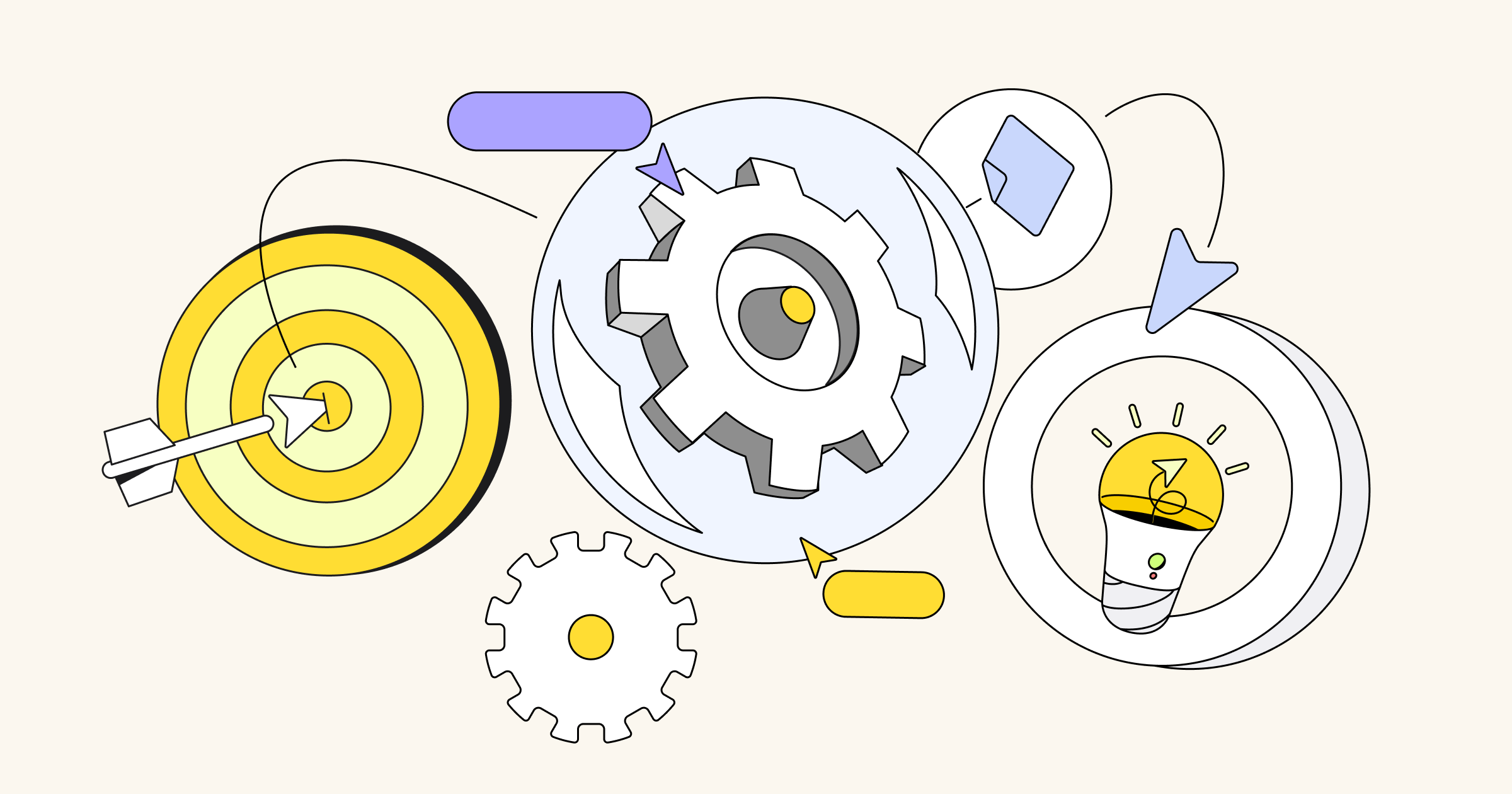You can create the best service with the most modern technology, but if you do not understand the user’s preferences and desires, our efforts towards creating the best service are easily lost.
The human factor must be placed in the center, the user is the protagonist of a service (i.e the student in case of education, the traveller in case of public transport, the biker when a city wants to be bike-friendly, the patient in healthcare, CRM teams in the case of a CRM software, travellers in case of flight booking software, etc.).

Differentiation is the key factor of the success in many industries. And the differences are realized by the customer: they tend to choose a service which satisfies their desires and fits their behaviour. Regardless of the industry, organizations must apply user experience techniques in order to become more familiar with the behaviour of their customer. One of these techniques is user personas.
What is a user persona?
A user persona is basically a fictitious character that represents the user of a service or a product. Although a persona represents the major group of users (it is not based on one of your users, which you have just interviewed), it describes one character, not a general group of characters. It is very important to mention that user persona descriptions are based on assumptions that derive from qualitative and quantitative research carried out at an earlier stage of the design process.
Benefits of user personas
Personas are developed to introduce a more reliable and realistic representation of your service or product’s user. They can reveal a different perspective of the user during the whole design process. Usually, when the design team imagines someone using the service or product, ideas are formed more quickly. It is easier to imagine how XY would react to a service’s new feature. User personas can be useful if the designer team is designing a service for users unlike themselves.
Personas can be served as a reference in future planning, they can be attached to customer journey maps and they can support prototyping as well.
And it is important to remember that customer research and all its outcomes (personas, journey maps, task analysis, etc.) are more beneficial and have more impact when these initiatives are supported by senior stakeholders. Ensure you have their support before you move further.
Use free persona templates to create personas for your business.
How to build a user persona?
Personas are used to introduce a user perspective and are built upon a wide selection of user-centered methods, such as interviews, empathy maps, ethnographic observation, participatory design sessions, shadowing, stakeholder maps, storytelling sessions and quantitative facts.
It is very important to combine qualitative and quantitative data collection methods. Try to involve more people in the data collection — that keeps you from being narrow-minded when analysing the results. In order to gather meaningful insights, try to take a sample of your group of users according to your preferences.
The most common way of developing a persona is to collect the research insights into a character that could be your user (if they existed, of course).

It is the design thinking team’s decision whether or not to add non-core qualities to the persona or highlight attitudes, which could be relevant to a specific service or product. Personas can be constructed during a workshop by a group of researchers, who see the users from different perspectives.
Step-by-step guides for creating user personas
-
Conduct quantitative and qualitative research and find out who your customers are, their characteristics, expectations, fears, and behaviors. Key tools of the research can be:
– user interviews
– ethnographic research
– review of statistics
– empathy mapping
– stakeholder
– storytelling etc.
Make sure that you cover the key aspects that you want to find out in the research (behavior, concerns, needs and goals, etc.) and add some additional open questions as well, so you have the possibility of discovering some unexpected issue. - Collect the experiences, find patterns in the interviewees’ responses and actions, and decide on the main focus points i.e. in what aspects do the personas differ from each other? What is relevant for you at this moment? Group similar people together.
- Decide how many personas you would like to develop. You may develop one or more personas, but try to limit yourself to the service or product’s main audience.
- Define the personas and develop appropriate descriptions about their motivations, background, expectations and other aspects that are interesting for you.
- Decide on how you will involve your organization in the process. It is better to decide even before you start the first step. It is important to have a team around you who is excited and inspired by personas, instead of an indifferent or even resistant one. Decide on who and how they will be involved in the initial process: you can ask the participants for their opinion or you can let them participate actively in the process.
- Create a shared framework to socialize your findings. You should decide on how you will distribute the results to a broader team once they are ready.
- Revisit personas on a regular basis. You can define the frequency of refreshing user personas for your business. For example, for SaaS businesses, revisiting personas could occur every major product release.
- Consider “throw away” personas. The most relevant research is being emphasized for a release and encourages new learning as the research is revisited with each release.
When you have the personas’ descriptions, you can start working with them. You can “insert” them into user stories and present a real life scenario. It is important to remember that personas have no value until the persona becomes part of a scenario — the outline of how the persona will use a future product.
Typical elements of a user persona
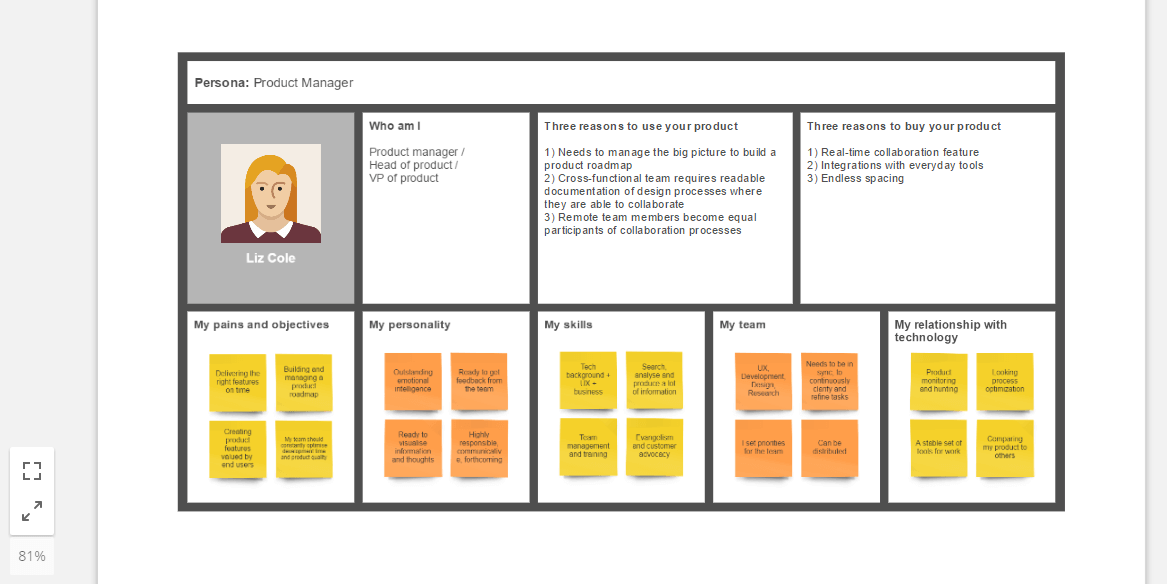
Well-defined user personas have the following typical components:
- Name and a picture – It may sound strange, but when I worked with a persona for the first time, this was the weirdest thing for me. Now I understand that it is easier to relate to a “real” character if the persona has a name. In addition, it would help evaluate a service by asking “would Amy like this?” It is also a good idea to give a name that typify users. For example single guys who are looking for a relationship could be named “Robert Romantic” (looking for a romantic relationship), or “Tom Tinder” (looking for one night stands) or “Leo Lonely” (they say that they want to have a relationship, but it is not true) etc.
- Demographics, such as age, gender, marital status, social background etc. — by setting specific basic demographic information, it is easier to imagine a person. Here is very important to be specific, so let’s avoid ranges and general wordings. It is not that the information that will give us much added value, but it makes it easier to imagine a character.
- Social, physical and technological environment – In order to think about a wide range of interactions, in the case of software-related services, it is very important to present the knowledge level and the possible technological habits of the users (whether they use a mobile device, a laptop, etc.).
- Concerns and fears – Just like in strategies, we should be aware of the risks and how to mitigate them. In the case of drawing up a persona, it is important to define the concerns and their importance.
- Needs, goals and problems – In order for our service to be successful, we need to know our users’ needs and goals in a broader sense, beyond the service. It is often possible that improving a part of the product resolves the user’s needs, goals, or problems.
- Quotes – In case any of your interviewees has a very typical quote, it can be a good idea to add it to your persona profile.
Of course you can create a tailored persona template for your service and can amend it with additional elements (for example, computer literacy level, education level, dependence, frequency of using some service, top job tasks, which can be impacted by your product, bad experiences that shape the user’s perception about your product).
How to use personas?
User Personas can be built in many situations. To enhance the effectiveness of brainstorming and they are a popular tool of the ideation phase of the design thinking/service design process. They can be used in many contexts, such as in product development, UX design, service design, marketing and even in communication strategies.
Below you can see which functions personas can support the design process:
Staying assigned and focused
User personas help to stay assigned on the design topic during the brainstorming session. For projects with more than one user type, a list of personas will help you to prioritize which users are more important than others. If you define your users well, it will become more apparent that you cannot design for everyone, but for specific users (avoid designing for an “elastic user”).
Concept development
Personas support agreeing on a comparatively complete concept proposal, as they are easy to communicate, and they are able to show the research results in one character. Establishing a persona can keep the members of a multidisciplinary team on the same page more easily.
Build empathy
User personas can also build empathy and improve the quality of the ideas, especially related to relevance for target users.
Be careful! – Criticism of user personas
Like any other tools in human-centered design, development of user personas can be powerful at the right time, but in some cases it can mislead us.
The basic criticism is that qualitative user research is unscientific. It is mostly based on the fact that persona descriptions are based on assumptions. Cognitive biases play a role and we cannot really predict the real behaviour of the persona.
In reality, if qualitative research is done with rigor, repetition, and with healthy awareness of biases, it can reveal very rich discoveries and insights.
With thorough user research, it is possible to create a close-to-realistic persona, but the design team should not rely only on this tool — they should use the results from other user experience techniques, too. Don’t forget that good user research takes time and commitment from the management, as well. Real design thinking approach should be supported and valued by the management and the company culture.
Useful resources:
- Thinking Fast and Slow, Daniel Kahneman (Chapter 2)
- Predictably Irrational, Dan Ariely
- The User Is Always Right: A Practical Guide to Creating and Using Personas for the Web, Steve Mulder
- How to Conduct User Interviews by the Interaction Design Foundation – https://www.interaction-design.org/literature/article/how-to-conduct-user-interviews
- When Design Meets Business – Design Thinking Process Basics, an article by Judit Kertesz –https://miro.com/blog/design-thinking-process-basics/
- Empathy Mapping templates
About the author
Judit is a management consultant professional with over 8 years of experience. She is also a design thinker, learning and experiencing a lot in this area. Judit has gained her consulting experience at a Big4 company and now she combines her background as a strategy consultant and project manager with design thinking and service design.
Since 2014 she has been freelancing and working on different fields as a project manager, strategy and creativity consultant in multinational and multidisciplinary teams. She believes that design plays an important role in the future of innovation.
Judit is also interested in psychology, management, knowledge sharing, mentoring, and storytelling in business. She is also a hobby photographer, and also loves baking cakes and cookies. Her hometown is Budapest, Hungary, but she likes travelling around and discovering different cultures.



